8 Expensive Credit Card Mistakes You’re Probably Making Without Even Realizing It

Swiping your credit card feels effortless—until those small missteps start adding up to major financial trouble. Many people use credit daily without realizing they’re falling into traps that quietly chip away at their bank account and credit score. From overlooked fine print to habits that seem harmless but carry hidden costs, the most damaging mistakes are often the ones we don’t even know we’re making. Whether you’re a seasoned cardholder or just building your credit, knowing what not to do is just as important as smart spending. Here are 8 costly credit card mistakes you could be making right now.
1. Missing Payment Deadlines Costs More Than Just Fees
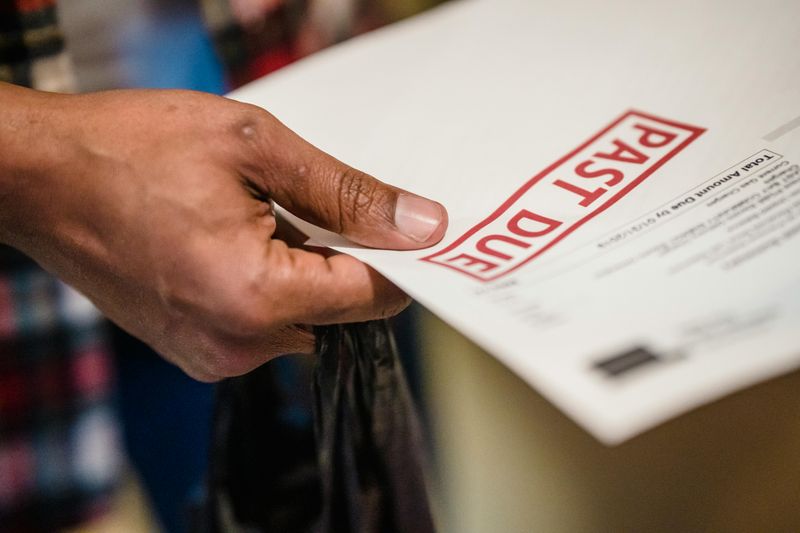
That forgotten due date might seem like a small slip-up, but late payments trigger an avalanche of expenses. Most card issuers charge late fees of $25-$40 immediately, but that’s just the beginning.
The real damage comes when your card company hikes your interest rate to the penalty APR – often around 29.99%. On a $3,000 balance, this penalty can cost hundreds extra per year.
Even worse, late payments reported to credit bureaus can stay on your record for seven years, making future loans more expensive. Setting up automatic payments for at least the minimum amount due can prevent these costly mistakes.
2. Paying Only Minimum Amounts Keeps You Trapped
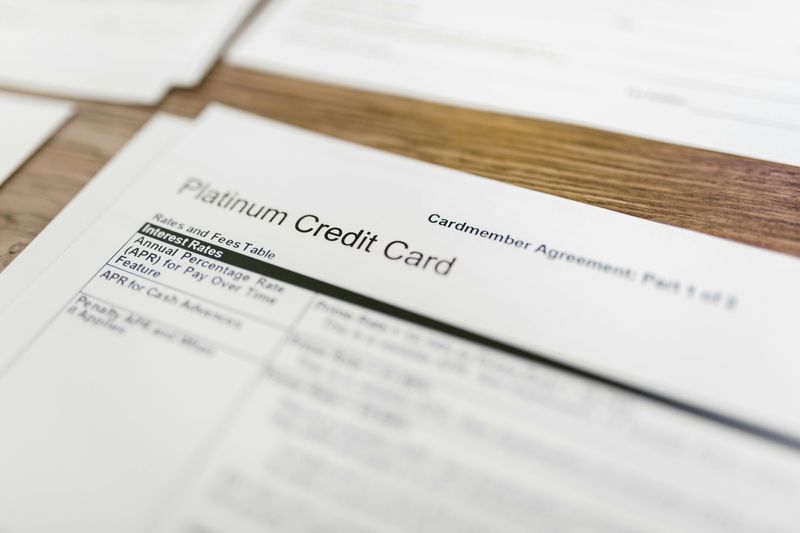
Your credit card statement shows a tempting number: “Minimum Payment: $25.” Seems manageable, right? The truth is shocking – this tiny payment is designed to keep you in debt for decades.
On a $5,000 balance with 18% interest, making only minimum payments would take nearly 30 years to pay off and cost about $7,000 in interest. That’s more than doubling your original purchase!
Credit card companies love minimum-payers because they generate maximum profit. Try paying even $10-20 above the minimum each month to dramatically reduce your payoff time and save thousands in interest over the life of your debt.
3. Revolving Balances Silently Drain Your Accounts
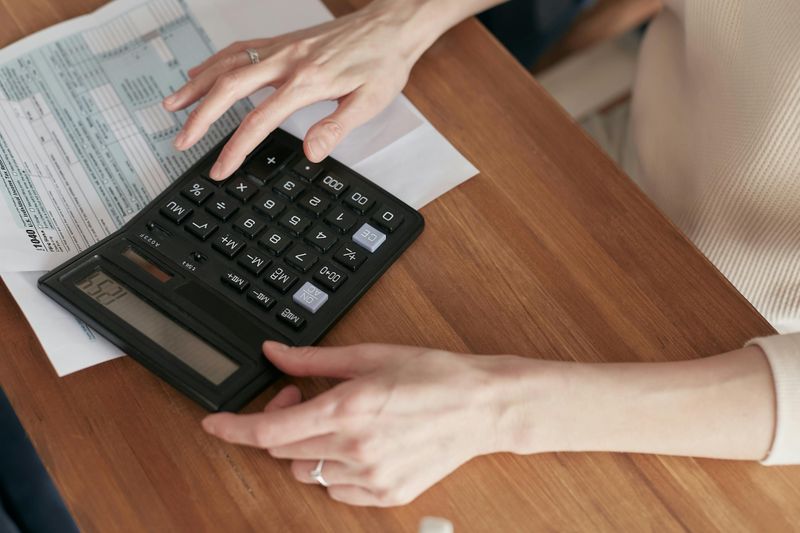
“I’ll pay it off next month” becomes a dangerous habit that quietly empties your bank account. Carrying balances from month to month activates the most expensive feature of credit cards – compound interest on every purchase.
A $2,000 balance at 18% APR costs you about $30 in interest the very first month. That might not sound like much, but it adds up fast. Those restaurant meals and impulse buys effectively get a hidden 18% price increase.
Your rewards points and cashback become meaningless when interest charges exceed them. The solution? Only charge what you can pay off completely when the bill arrives.
4. Maxing Out Your Credit Limit Damages Your Score
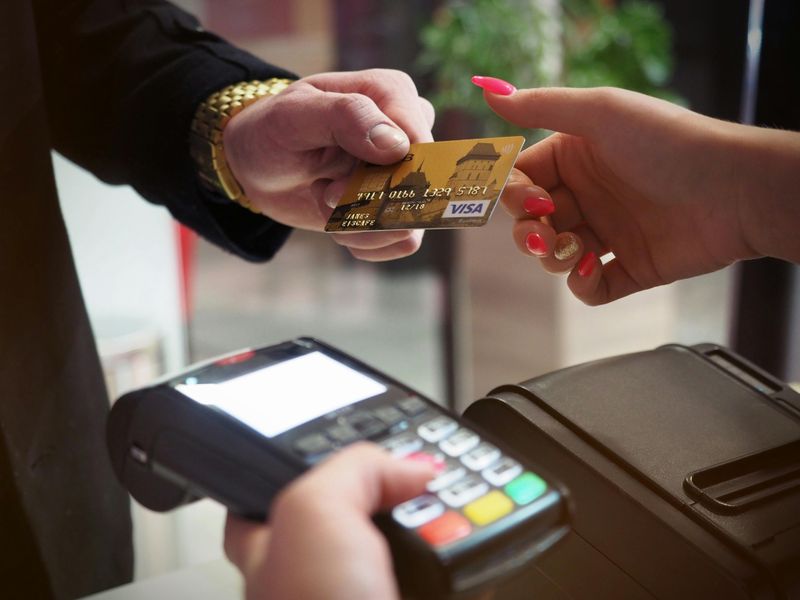
Using most of your available credit seems harmless – after all, isn’t that what the limit is for? Actually, high credit utilization sends warning signals to the credit bureaus.
Credit scoring models heavily penalize accounts using more than 30% of their available credit. Someone with excellent payment history but maxed-out cards can see their score drop by 50-100 points overnight! This credit score plunge makes everything from auto loans to mortgages more expensive.
Some cards also charge over-limit fees when you exceed your credit line. Aim to keep your utilization under 30% on each card and your overall accounts to protect your score and avoid unnecessary penalties.
5. Application Sprees Create Long-Term Damage

Store clerks constantly offer enticing deals: “Save 20% today by opening our credit card!” Many shoppers collect multiple cards this way without realizing the hidden costs.
Each application triggers a “hard inquiry” on your credit report, which can lower your score by 5-10 points. Multiple applications in a short period signal financial distress to lenders, who may deny future applications or charge higher interest rates.
These inquiries remain visible for two years and affect your score for 12 months. Space out new applications at least six months apart, and only apply when you genuinely need the card – not just for a one-time discount that costs more in the long run.
6. Ignoring the Fine Print Leads to Surprise Charges
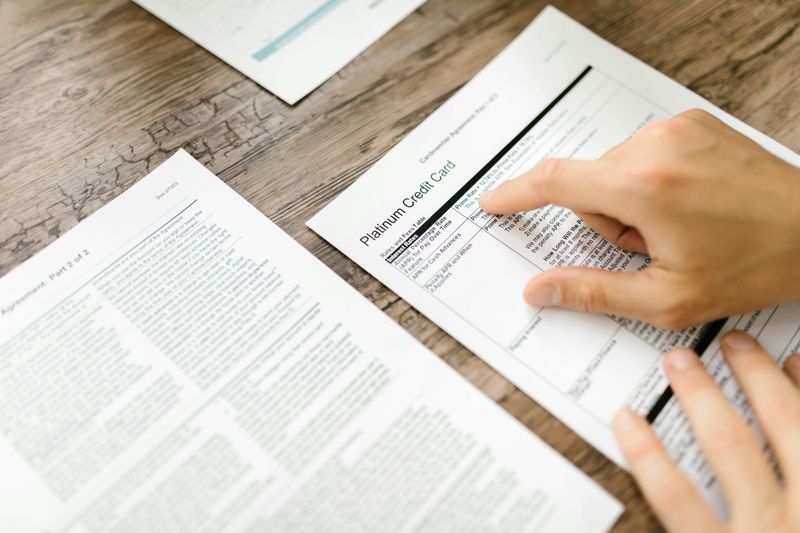
Those dense pages of tiny text that come with your credit card? They’re filled with expensive traps for the unwary. Foreign transaction fees can add 3% to every purchase made abroad – turning your $1,000 vacation spending into $1,030 for no added benefit.
Balance transfer offers advertise “0% interest” but hide the 3-5% transfer fee in the fine print. That’s $150-250 on a $5,000 transfer before you save a penny in interest.
Annual fees, cash advance charges, and reward expiration dates lurk in those unread terms. Taking 15 minutes to highlight key fees in your agreement can prevent hundreds in unexpected charges throughout the year.
7. Cash Advances: The Costliest Way to Get Money
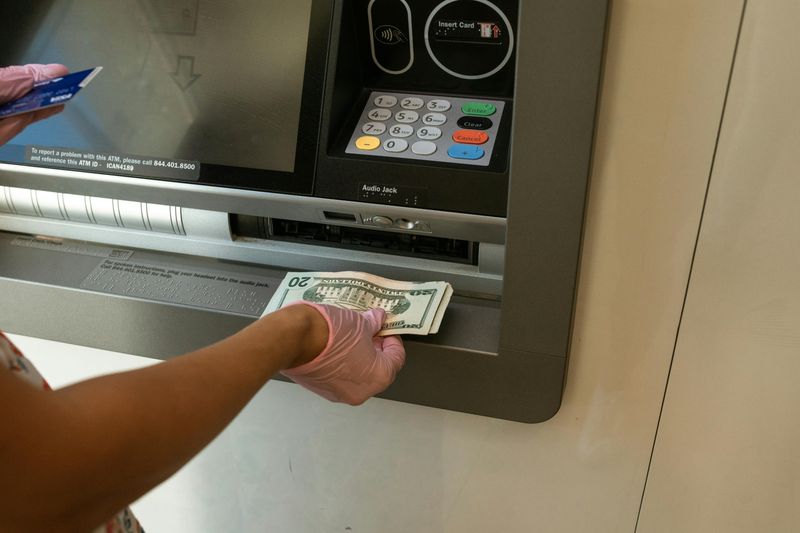
Using your credit card at an ATM creates an extremely expensive loan. Cash advances typically charge a fee of 3-5% immediately – meaning a $500 withdrawal costs $15-25 before you even spend a dollar.
Unlike regular purchases, cash advances have no grace period. Interest starts accumulating the same day at a special cash advance APR that’s often higher than your regular rate. Many cards charge 25% or more on these transactions.
The combination of upfront fees and instant high-interest makes cash advances among the most expensive ways to borrow money. Even payday loans sometimes have better terms! Keep an emergency fund in a savings account instead for those moments when you need quick cash.
8. Closing Old Accounts Shrinks Your Credit History

Finally paid off that old credit card? Your first instinct might be to close it and celebrate – but that celebration could cost you points on your credit score.
Credit scoring models look at your average account age and total available credit. Closing old accounts shortens your credit history and reduces your available credit, potentially raising your utilization ratio overnight. A closed 10-year-old account eventually falls off your report, erasing a decade of positive history.
Instead of closing paid-off cards, use them occasionally for small purchases you can immediately pay off. If annual fees make keeping the card impractical, ask the issuer about downgrading to a no-fee version rather than closing completely.

Comments
Loading…